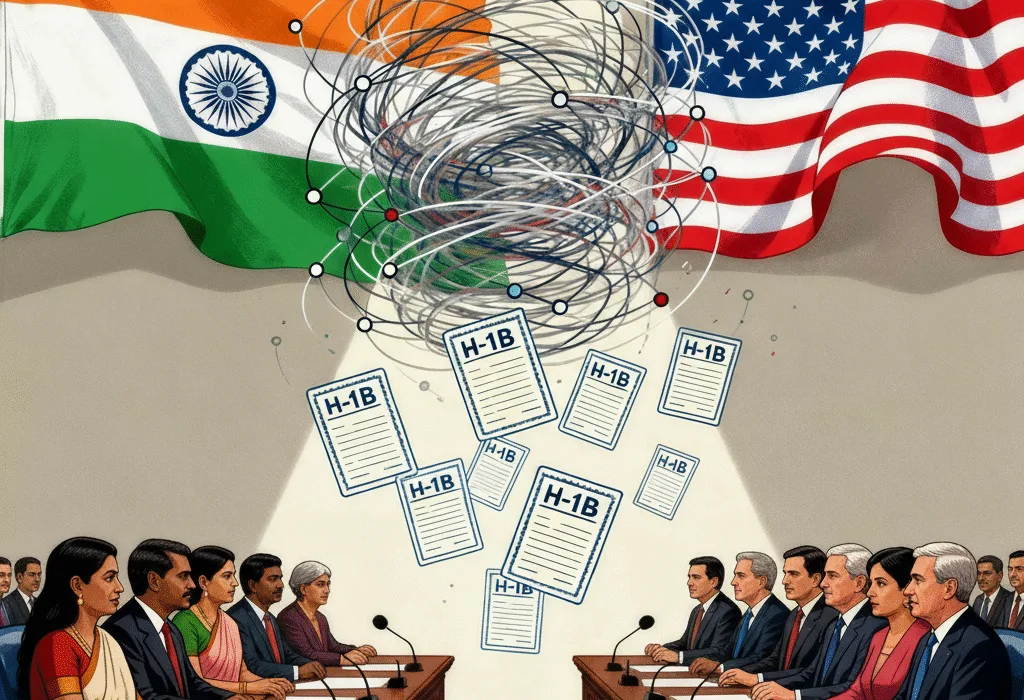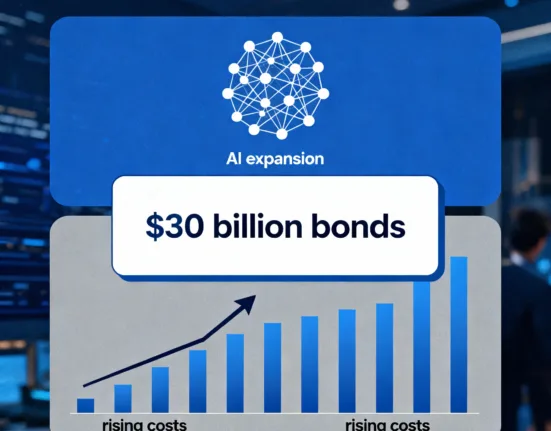US Senators Target Indian IT Firms Over H-1B Visas: Impact on India and America
- by Priyadarshan
- 3 October 2025
- 2 minutes read

What changed on Sep 30
Sep 30, 2025, a bipartisan group of U.S. senators moved to reintroduce reforms tightening H-1B and L-1 rules, placing fresh scrutiny on how Indian IT firms use these programs to staff onsite roles in the United States.
The Senate Judiciary leadership framed the measure as a protection against worker displacement, vowing tougher enforcement and closing loopholes that enable large-scale outsourcing.
The H-1B program allows U.S. employers to hire foreign workers in “specialty occupations,” with Indian nationals historically making up just over 70% of beneficiaries—a data point central to the current debate.
Why Indian IT is under fire
Scrutiny intensified after an open letter to Tata Consultancy Services (TCS) questioned thousands of H-1B approvals alongside layoffs, highlighting concerns about displacement and pay practices.
Lawmakers also sought information from a broader set of large employers—including U.S. tech majors—on H-1B filings during a period of job cuts, signaling that oversight will extend beyond Indian-headquartered firms.
Read Also: iPhone propels India’s electronics exports to $20 billion
What the bill proposes
Key provisions include stronger attestations against U.S. worker displacement, limits on third‑party placements, annual compliance audits, and stiffer penalties—marking a material shift in employer obligations if enacted.
“Major companies are laying off thousands of American workers while filing thousands of visa petitions for foreign workers at depressed wages and poor working conditions.” — Senator Dick Durbin
Remittances and India’s stakes
India’s overseas income pipeline is significant: the World Bank estimates $129 billion in remittances in 2024, underlining how visa shifts can ripple into household finances and foreign exchange flows.
| Year | Remittances (USD Bn) |
|---|---|
| 2022 | 111 |
| 2023 | 125 |
| 2024 | 129 |
Analyses of World Bank figures show India leading global inflows and maintaining momentum through 2024, reinforcing why changes to U.S. work visas carry macroeconomic and social implications for Indian families and cities.
How this affects America
Backers of reform argue stricter rules can raise local hiring, improve wage standards, and deter program misuse, while increasing accountability through audits and stronger enforcement.
Caution remains that excessive barriers could push high‑skill talent toward countries actively recruiting tech workers, particularly Canada and the UK, which are positioning themselves to absorb displaced applicants.
Canada has already signaled targeted pathways and faster processing for skilled workers impacted by U.S. changes, a move intended to capitalize on demand from employers and candidates seeking stable long‑term options.
Human side
Policy shifts—like the new $100,000 application fee announced by President Donald Trump—raise uncertainty for families with mortgages, school plans, and long‑term career trajectories tied to U.S. status (NDTV).
For many early‑career professionals, moving plans and financial commitments are now in limbo as employers recalibrate sponsorship strategies in real time.
Industry response
India’s tech industry body NASSCOM warned that abrupt changes risk disrupting onshore delivery, while emphasizing firms’ compliance with wage rules and their growing local hiring in the U.S. to reduce visa dependence.
What to watch next
- Prioritizing higher‑wage petitions and stronger recruitment standards could align visas with scarcity of skills while limiting wage undercutting.
- Giving preference to advanced degrees may tilt allocations toward roles where domestic shortages are well‑documented, supporting long‑term capacity building.
- Reducing allocations to outsourcing‑heavy models could accelerate a shift toward U.S. hiring and, paradoxically, more offshoring via Global Capability Centers in India and other markets (India Today).
Stay involved
Share perspectives on visa policy, workforce development, and global talent flows in our community—join the discussion on WhatsApp here.
Sources:
Discover more from WireUnwired Research
Subscribe to get the latest posts sent to your email.










